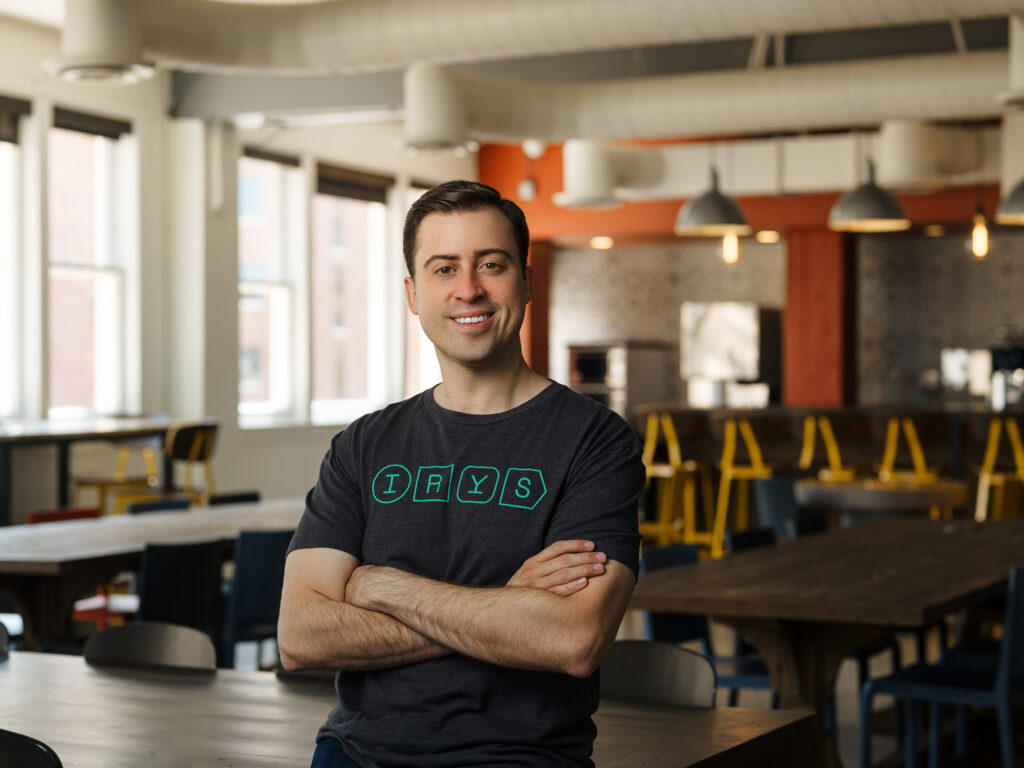
As an entrepreneur and small business owner, Beto knows what it’s like to struggle with rising costs and neverending red tape just to make payroll for his employees every month.
San Antonio residents are hard-working people who don’t ask for much. As Mayor, Beto’s top priorities will be ensuring the safety of all residents, maintaining and growing our infrastructure, and creating economic conditions that provide opportunities for everyone to work and provide for their families. It’s about taking care of the basics while keeping an eye toward the future.

Public Safety
The health and safety of our residents should be the number one priority for all elected officials. No one should live in fear, afraid to leave their house because of gun violence or dangerous dog attacks.
We also live in an increasingly volatile world where public safety no longer refers to just crime and now includes growing threats such as global pandemics, natural disasters, mass shootings and cyber attacks. As these threats continue to evolve, our city government must prepare accordingly. The resilience of our city will depend on how we prepare for future disasters.
Law enforcement plays a critical role but we cannot simply police our way out of crime. Despite budget increases and innovative policies, our city continues to struggle with crime and homelessness. We must continue to look at more proactive approaches such as hot-spot policing and the SAFFE program while also investing in our communities so that crime isn’t the only option for our kids. Education, jobs, and infrastructure investment are key to providing opportunities for the next generation.

Infrastructure
By 2050, our region will be home to over 8.5 million people making it one of the most densely populated areas of the country. San Antonio already consistently ranks among the worst cities for traffic, pedestrian safety, and a share of workers who use public transit, and with this expected growth it will only continue to get worse. To avoid this we must continue to support initiatives such as VIA’s Advance Rapid Transit (ART) lines, as well as prioritize policies like transit oriented development (TOD).
With growth also comes an increase in the need to improve our infrastructure, which can lead to more disruption and delays for residents. But neighborhoods and businesses should not have to bear the brunt of costly and lengthy construction delays. We’ll do this by prioritizing transparency and communication, bringing residents and the business community to the table early and often.
The City of San Antonio also has the unique benefit of owning our two municipal utilities, CPS Energy and SAWS. Although the primary responsibility of the city council is to approve rate adjustments and appoint board members, city leadership must do more to ensure our critical infrastructure has the reliability and sustainability needed for its existing residential and commercial customers, as well as to attract and retain key industries such as our cyber security mission and biosciences sector


Economic Development
San Antonio may be one of the fastest growing cities in the country but with almost 18% of its residents living in poverty, we also hold the title of being one of the most economically segregated cities where the zip code you’re born in can determine your life expectancy.
These generational problems require generational change, and by looking South to the “South Texas Triangle,” San Antonio can lead efforts to foster regional awareness and facilitate the exchange of social, economic and environmental resources between San Antonio, Laredo, the Rio Grande Valley, Corpus Christi, Austin and the Northern Mexican states of Tamaulipas and Nuevo León. By embracing our rich history as the “Confluence of Civilizations in the Americas,” made famous as the theme of the 1968 Hemisfair, San Antonio can once again return to its rightful place as the Capital of South Texas.
San Antonio should also be a leader in nearshoring, taking advantage of our close relationship with cities such as Nuevo León, Mexico. Nuevo León has emerged as Mexico’s nearshoring champion, home to 76% of all foreign investments flowing into the country. A major chunk of that comes from the U.S., which accounts for 40% of the total foreign investment in Nuevo León. Companies from Nuevo León are also expanding into Texas, providing the unique opportunity for cross-border connections that can supercharge local economic development.
Innovation and technology will not only accelerate growth, it will also challenge our resilience. The last decade’s rapid digitization underscores the urgent need for digital literacy and high-speed internet access across South Texas. San Antonio and cities in the region need to be proactive in preparing for the future of work by attracting new enterprises, equipping the workforce with necessary skills for Industry 4.0, and fostering continued regional collaboration to advance our competitive edge.
